On genes, genetics and epigenetics
12 Oct 2020|Professor Lars Jansen
- Research
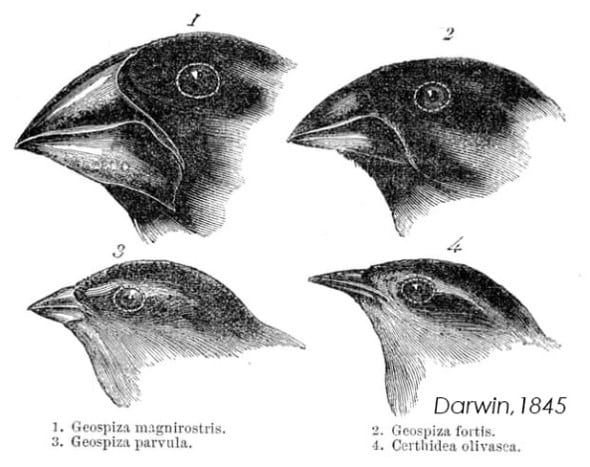
The nature of the gene has a long and crooked history. The word is ubiquitous both in science and in society. It’s in my genes!
But what is the gene exactly? Initially it was (and still is) just a concept that is operationally defined to mean a “trait” or a “specific character” in a species, like eye colour or fur colour or the shape of wings. What was discovered early on is that individuals of a given species, say Finches may vary among each other in specific features like the shape of their beaks. Importantly, these different morphological traits tended to be passed on from parent to child. That is to say they can be inherited.
Thus, by that reasoning, the gene is nothing else but the “entity” somewhere in the body of the Finch that is responsible for “carrying” the information for beak shape, or the entity in us carrying the information for our height, or tolerance to infection, or tendency to become obese and so on.
Now that all sounds rather vague and indeed it is. As the French molecular biologist, Jacques Monod reflected in the early days of molecular genetics “The gene was something in the minds of people which was as inaccessible, by definition, as the material of galaxies.”
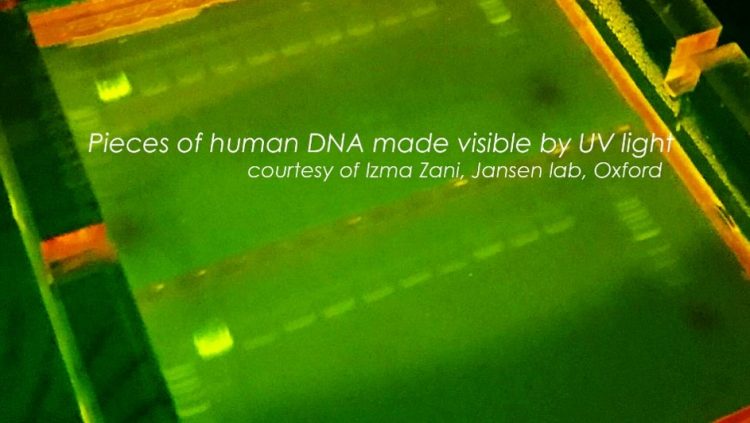
All this changed with the discovery of DNA (an chemical acronym that not need to be spelled out here), a surprisingly simple chemical, a polymer (a long string) that, as it turns out, is largely responsible for carrying all our bodily traits forward to our children. It is this notion of the gene that brought me into the biological science and specifically biochemistry. As a teenager, I learned that DNA, “the gene” wasn´t something holistic or vague but instead you can hold it in your hand, literally! This is mind boggling to me, still today.
DNA, as you may well know, functions as a long string of letters offering instructions to cells in our body to make all the components that makes us. How the reading of DNA instructions actually happens in space and time to develop, say a human body is still one of the great mysteries of biology.
DNA as a molecule is incredibly elegant in explaining inheritance. It is the carrier of near-digital information (with billions of letters filling a wall of books, floor to ceiling) that is passed on through eons of evolution.
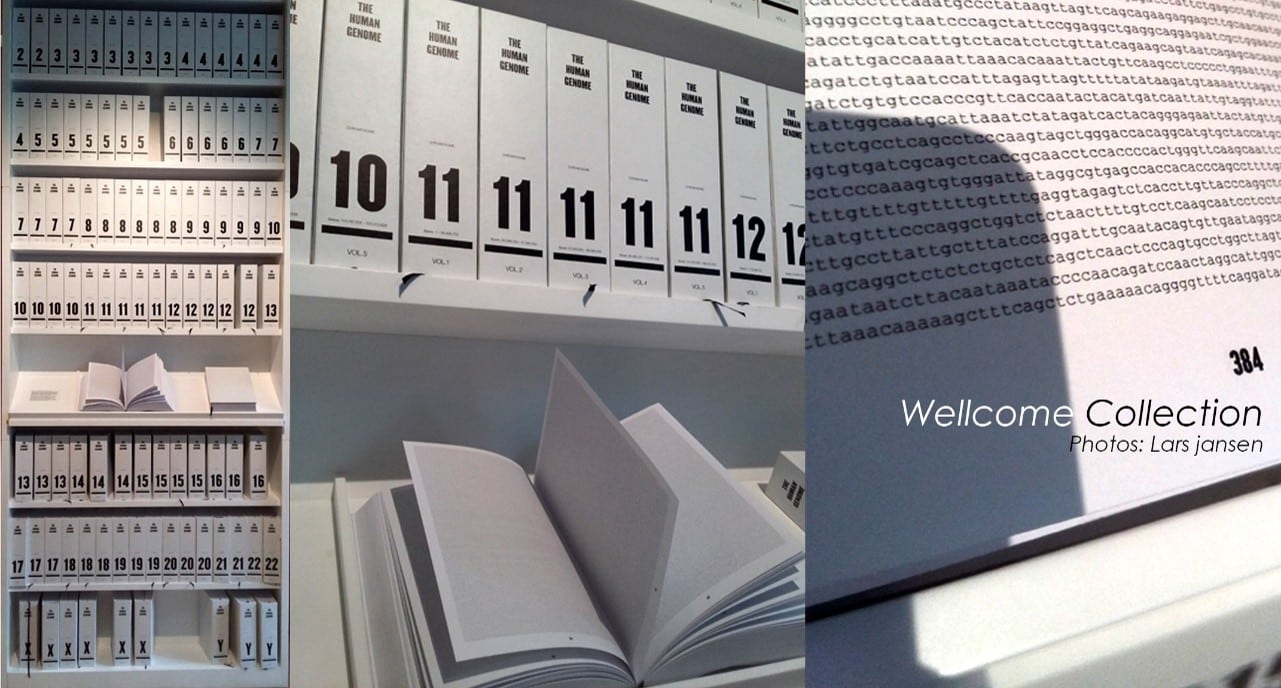
Indeed the arrangement of letters in the big book of our genes is surprisingly stable. If you take say a simple organism like yeast, a single celled fungus that we use to make beer and bread, it shares so many genes with us that if we remove the yeast bits of DNA and replaced it with human versions, the yeast still works, like nothing ever happened to it.
The string of letters in DNA is so powerful in explaining inheritance of our characters that one would almost assume that it explains everything about inheritance. However, there´s an interesting twist to this story.
As it turns out, like so often in natural science, once a universal dogma is established, the exceptions become apparent. Sometimes features, such as a certain bodily anatomy is inherited differently in different individuals without having any obvious differences in their DNA letter code. When this happens, we call these epigenetic phenomena. They occur in addition to regular genetics, hence the prefix epi-.
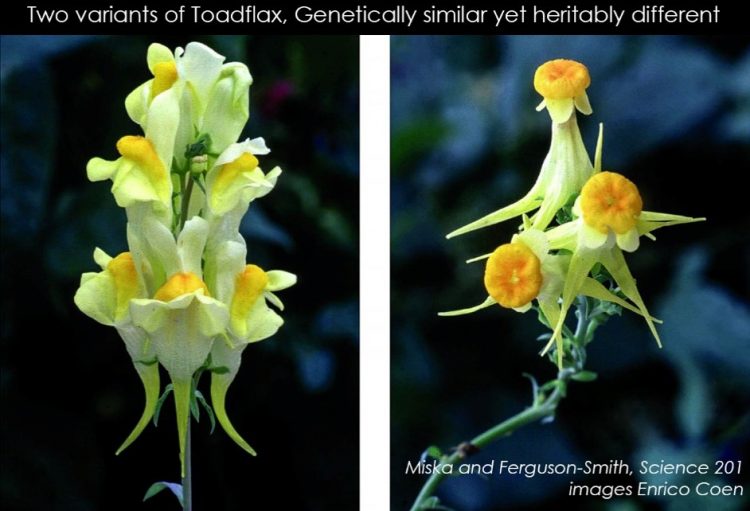
For instance, a common plant in England called the Toadflax can come in two varieties, that are morphologically very different, each variant passes on its unique character to its offspring, i.e. they appear genetically different, yet the difference cannot be pinned to some change in the DNA letter code.
My team at the department of biochemistry, here in Oxford is working to understand to nature of such epigenetic phenomena in human cells. We are looking, not at eye colour or beak shape but at much, much smaller traits like whether cells can make a certain enzyme or the ability of cells to divide themselves.
Our basic premise is simple, if a certain feature or character of a cell in our body is heritable but this is not tied to the instructions in DNA there must be another substance that is responsible.
It turns out that sometimes the answer lies, though not in the DNA sequence, but very close to it. The long string of DNA that is about a meter long is wrapped up in tiny packages in each of our trillions of cells. The packaging is achieved by proteins, more globular molecules that are like meatballs within a plate of tagliatelle, holding the strings of DNA together.
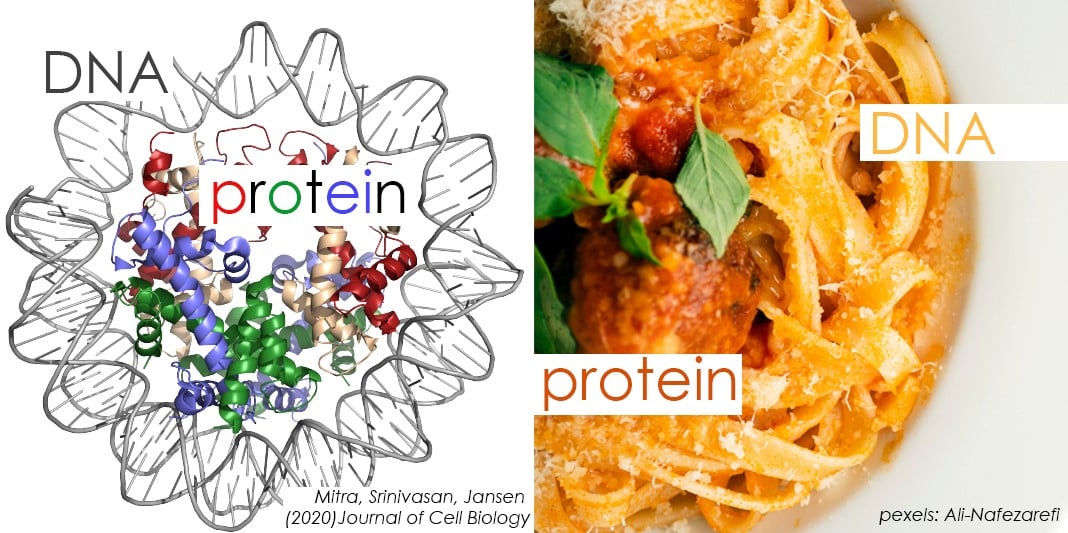
We discovered that these proteins (the meatballs) can also be passed on from one cell to the next and others have seen that they can even been passed on between generations, i.e. from parents to children. These proteins control how the letters in DNA are read by the cells.
It seems genetics is coming full circle, where “the gene” in the nineteen century was a holistic mysterious concept, we now realize that indeed that what is inherited from one generation to the next is much more than strings of DNA, it is also other chemical substances like the aforementioned proteins.

The real question of course is, what do these types of inheritance do? What does it mean for biology?
In my lab we helped discover a special kind of DNA-bound protein (the meatball in our analogy), that is able to make copies of itself. It is important for dividing all the genes of our genome and distribute them neatly and equally between two daughter cells so that each receives a full complement to keep life going. Such protein-based (epi-)genetics is thus a central component of everyday life during every cell division.
Heriatbility ultimately simply means remembering how to do something. Such memory contributes to many more processes in our body, ranging from how organisms remember to develop to how our immune system rembembers pathogens it had previsoulsy encountered. The goal of my team is to explain how this works.
Category: Research
Author
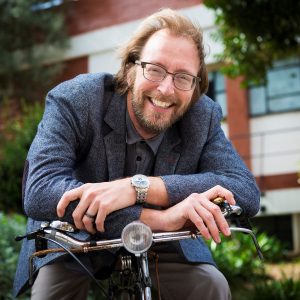
Lars
Jansen
Lars Jansen is a Wellcome Trust funded fellow at the department of Biochemistry. His lab aims to understand epigenetic inherence in the context of cell division and innate immune signalling.